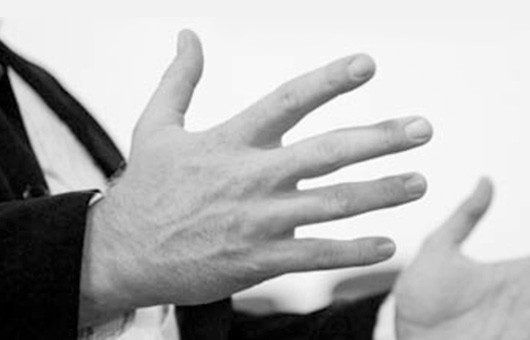
Workshop 4, Sydney 2025: The Therapeutic Guide in Psychodrama (3 days)
The art of psychodrama comes to fruition in the work of the director. The director functions to bring about the close-to-real-life portrayal of the protagonist’s subjective world, so that it becomes a springboard for their spontaneity, insight and creative intervention. In this regard, the director can be viewed as having three inter-related functions: the producer, the social investigator and the therapeutic guide. For the psychodrama trainee, the producer is usually the first to develop, resulting in a coherent grasp of production techniques, adequate relating with the protagonist, understanding the theatrical basis of the method and appreciating the power of surplus reality. The social investigator may develop alongside the producer, exploring the relational world of the protagonist, their basic attitudes and roles and those of significant others.
The third directorial function, the therapeutic guide, requires more intuitive judgement and takes longer to develop. The director is the chief therapist, whose focus is to assist the protagonist to act “on that spontaneous level which benefits their total equilibrium” (Moreno, 1994:252). It is their task to assess the therapeutic value of what is occurring on stage and to select the focus that would most benefit the work. This involves sifting through the continuous flow of spoken and unspoken information that emerges, a mixture of spatial, physical, emotional, verbal, relational and contextual cues about what the protagonist seeks, what they value, their attitude toward themselves and others and so on. Have they expressed enough? Are their emotional responses too high or too low? Should I follow that action cue or create a new scene? Has the therapeutic moment arrived? Is there a warm-up to spontaneity and the emergence of a creative intervention?
In this workshop, we will focus on the function of the therapeutic guide, including identifying therapeutic interventions, managing auxiliaries, selecting what to respond to and why, and identifying the underlying principles involved, all the while remaining responsive to whatever is occurring on the psychodrama stage.
